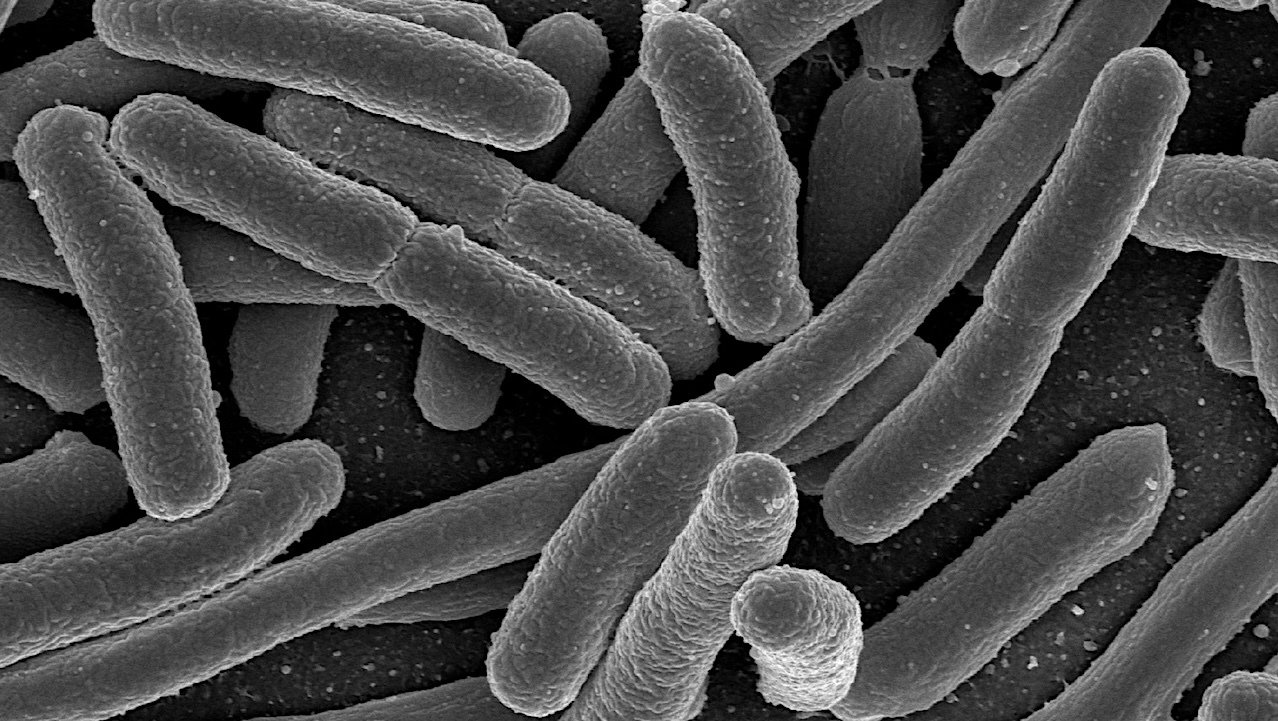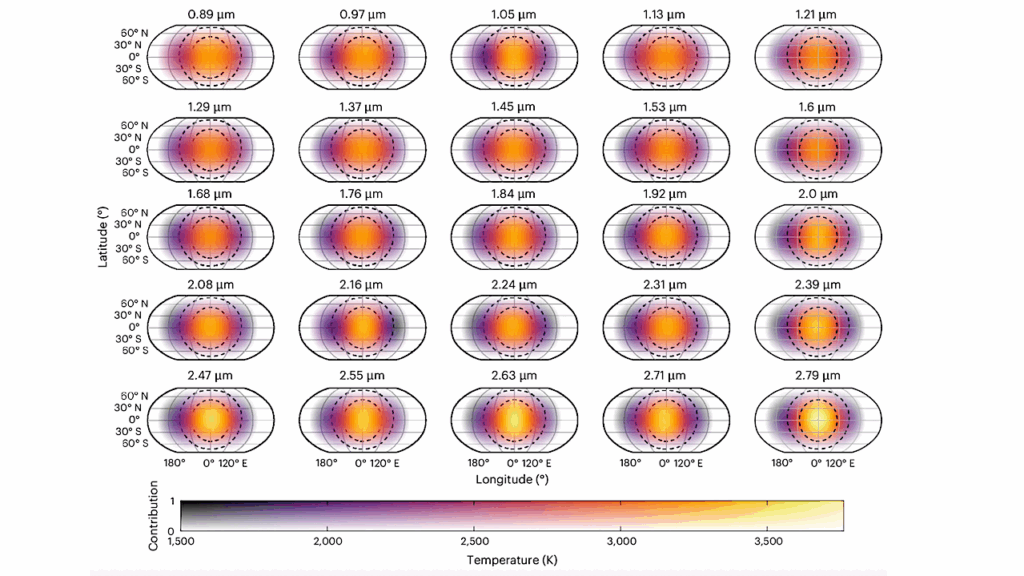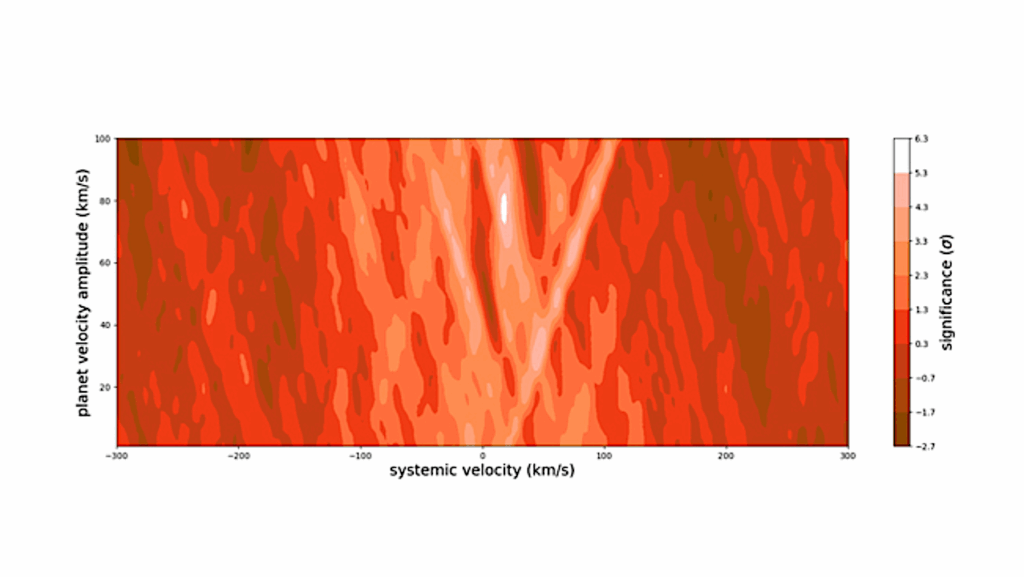The Role Of Atmospheric Composition In Defining The Habitable Zone Limits And Supporting E. coli Growth

Studying exoplanet atmospheres is essential for assessing their potential to host liquid water and their capacity to support life (their habitability).
Each atmosphere uniquely influences the likelihood of surface liquid water, defining the habitable zone (HZ), the region around a star where liquid water can exist. However, being within the HZ does not guarantee habitability, as life requires more than just liquid water.
In this study, we adopted a two-pronged approach. First, we estimated the surface conditions of planets near the HZ’s inner edge under various atmospheric compositions. By utilizing a 3D climate model, we refined the inner boundaries of the HZ for planets with atmospheres dominated by H2 and CO2 for the first time.
Second, we investigated microbial survival in these environments, conducting laboratory experiments on the growth and survival of E. coli K-12, focusing on the impact of different gas compositions. This innovative combination of climate modeling and biological experiments bridges theoretical climate predictions with biological outcomes.
Our findings indicate that atmospheric composition significantly affects bacterial growth patterns, highlighting the importance of considering diverse atmospheres in evaluating exoplanet habitability and advancing the search for life beyond Earth.
Asena Kuzucan (1 and 2), Emeline Bolmont (1 and 2), Guillaume Chaverot (2 and 3), Jaqueline Quirino Ferreira (2 and 4), Bastiaan Willem Ibelings (2 and 4), Siddharth Bhatnagar (1, 2 and 5), Daniel Frank McGinnis (2 and 4) ((1) Observatoire de Genève, Université de Genève, Switzerland (2) Centre sur la Vie dans l’Univers, Université de Genève, Switzerland (3) CNRS, IPAG, University Grenoble Alpes, France (4) Department F.-A. FOREL for Environmental and Aquatic Sciences, Université de Genève, Switzerland (5) Department of Applied Physics and Institute for Environmental Sciences, Université de Genève, Switzerland)
Comments: 21 pages, 6 figures, one supplemental data
Subjects: Earth and Planetary Astrophysics (astro-ph.EP)
Cite as: arXiv:2501.05297 [astro-ph.EP] (or arXiv:2501.05297v1 [astro-ph.EP] for this version)
https://doi.org/10.48550/arXiv.2501.05297
Focus to learn more
Submission history
From: Asena Kuzucan
[v1] Thu, 9 Jan 2025 15:01:17 UTC (1,559 KB)
https://arxiv.org/abs/2501.05297
Astrobiology,








